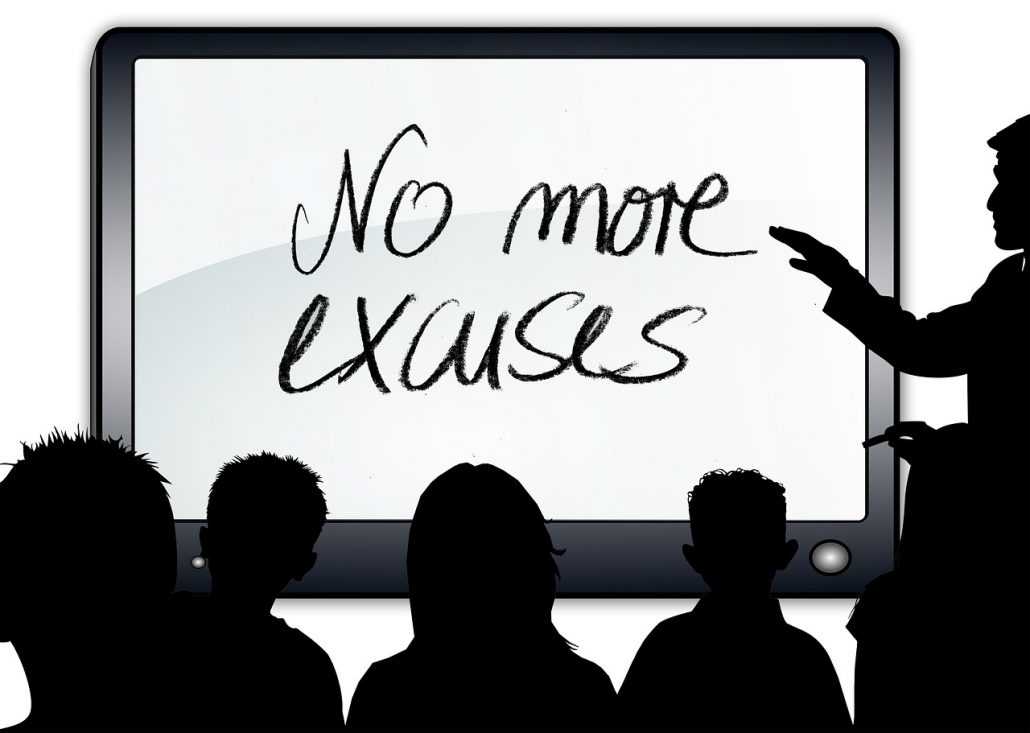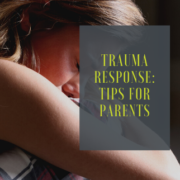Behavior Management

A few years in the classroom has taught me a lot in terms of managing behaviors. I can honestly say that behavior management can make or break a classroom environment. As amazing as your planning and delivery might be, without the proper management in place, an unruly classroom will derail any lesson. If you have hit a speedbump in your management style, which happens to even the most seasoned teachers, consider these pointers:
Be the adult.
When it seems that your buttons are being pushed from all angles, remember that these are children or adolescents with whom you are dealing. There is no negotiating unless you feel the need to open that door. When students push back, keep your head and say something like, “I’m sorry you are upset, but I gave you my answer. This conversation is over.” This lets them know that you are in charge and that no amount of effort on their behalf is going to change the decision you have made—because trust me, they will try to convince you otherwise. Once you have made your decision, close the door on negotiating, begging, guilt-tripping, etc. Be sure to stand your ground—the second that you go back on your word, you’ve lost. Explain that no amount of disrespect or anger is going to help their cause, regardless of how much they argue, question or try to manipulate you.
Remain calm.
Similarly to standing your ground, teachers must remember to try to remain calm and keep cool—even when the students are not doing the same. Easier said than done, I know. We teachers know all too well that emotionally engaging in an argument or tiff with a student is never beneficial. Again, you are the adult. The conversation ends when you end it; no need to fuel the fire. As much as we are inclined to be kind, supportive, and nurturing towards the young people in our classrooms, we must remember that we do not need to seek their approval. Every student will not always like you all the time, but building a respectful relationship is what matters most. When you start to feel bad or guilty about managing behaviors strictly and swiftly, remember that being their friend is not your prerogative.
Wield power with responsibility.
Frame every decision so that it is in the best interest of your students. Demonstrate fairness to the class by explaining that you are not making decisions just to assert control or power. They need to understand that teaching is a decision-making role that involves a great deal of responsibility. Teachers are responsible for the safety and education of every student—so any behaviors that disrupt that must be redirected for the good of the whole. Yes, students will have plenty of opportunities to make their own choices, but for now, they need guidance from the adults in the room. They may not show it, but they will eventually understand your sound reasoning.
Recognize trends and triggers.
Finally, gauge emotions and recognize triggers for your many students. After years in the classroom, teachers are masters at recognizing behavior patterns, trends, and triggers for different personalities and age groups. So, take mental note of when a student begins to exhibit frustration. Isolate the root of the emotional response and act on that—they may be whining about homework, but the frustration may stem from a lack of confidence, knowledge, or patience. Of course, every student is different. So it is important to manage behaviors accordingly. What works for one student may not work for another.











